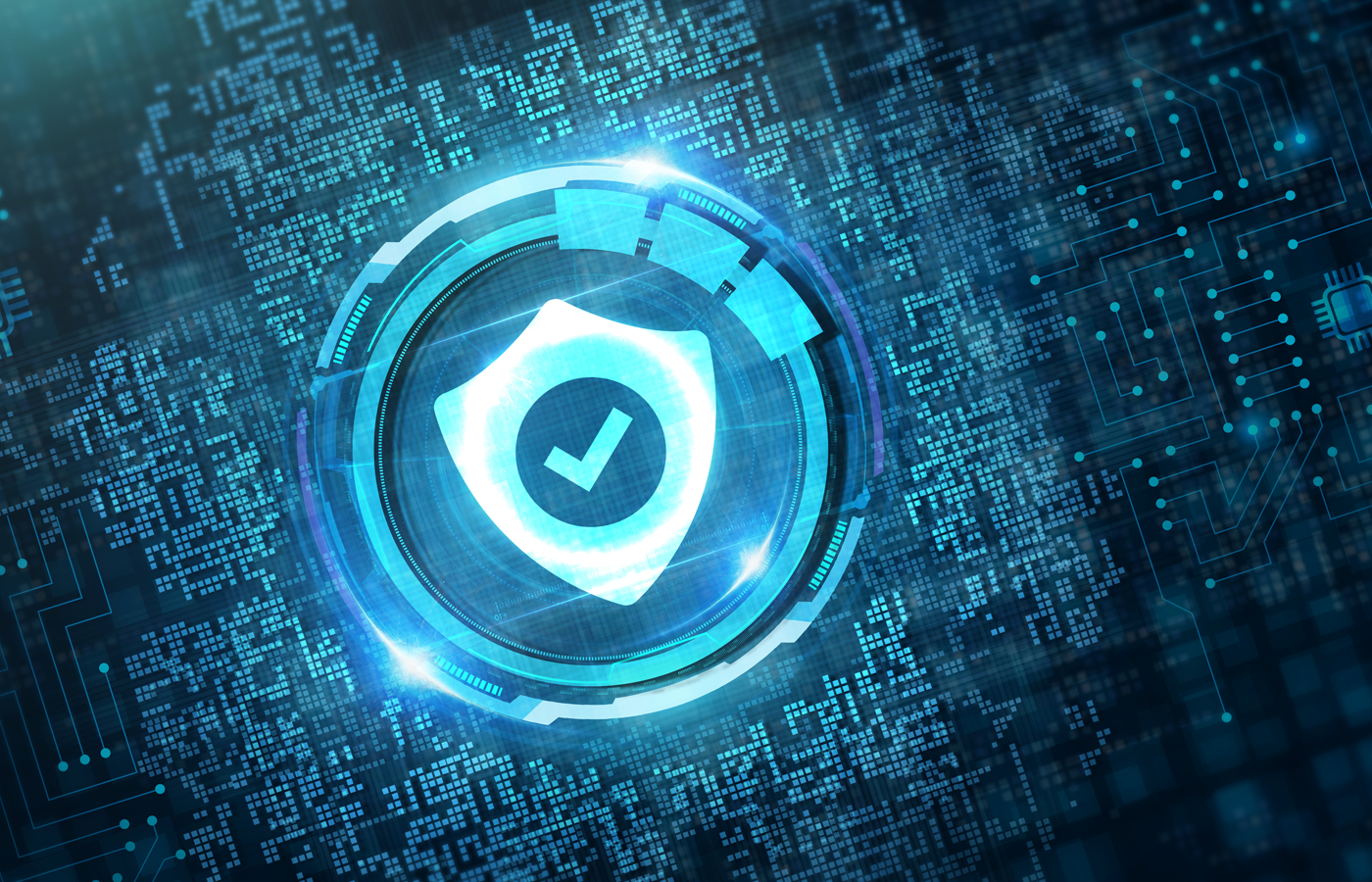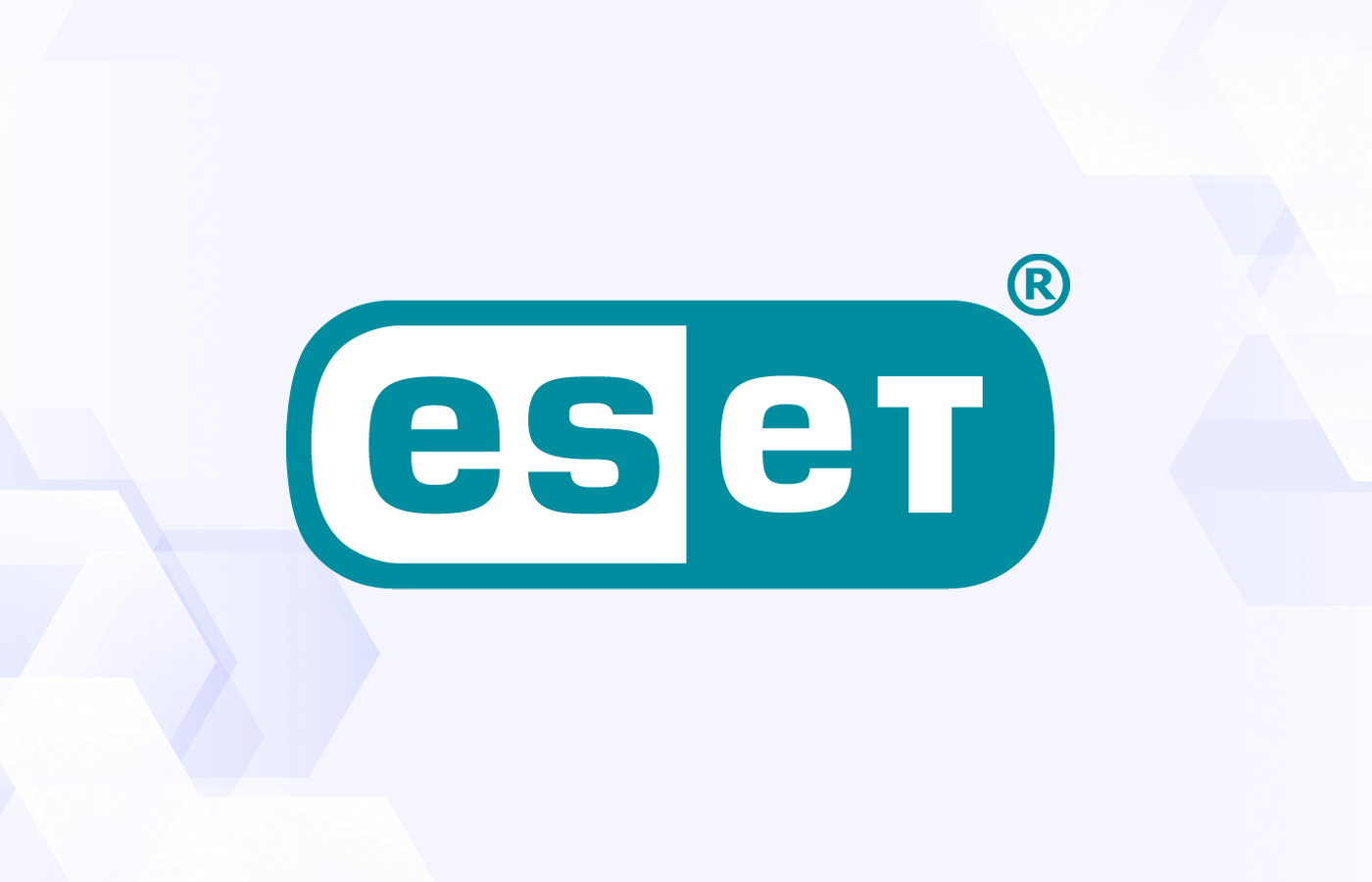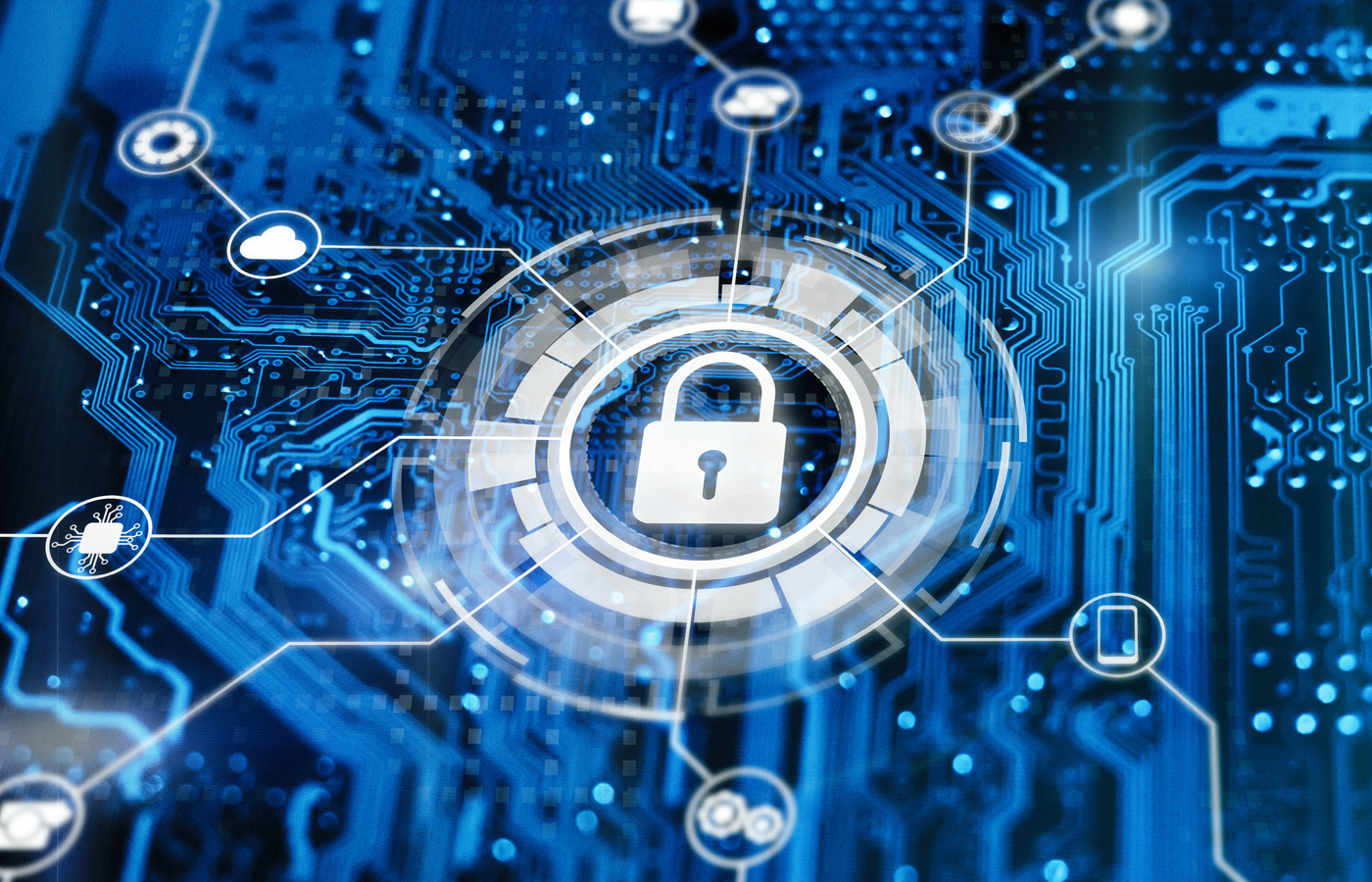Secure remote access protects remote business communications that are otherwise susceptible to network and remote protocol exploits.
Remote access plays an important role for businesses with remote workforces, geographically disparate branch offices, and limited technical resources. Because it creates connections between a client device and a host device, remote access must be secured.
Internal vulnerabilities and external threats can expose remote access and remote control connections, and they can allow attackers to intercept data and application credentials. To protect your team’s remote communications, your security team must understand the weaknesses of remote access protocols and why securing them is so important.
Jump to:
- How Secure Remote Access Works
- Why Is Securing Remote Access for Workers So Important?
- When Should You Use Secure Remote Access Solutions?
- Implementing Secure Remote Access for Your Organization
- 4 Benefits of Secure Remote Access
- 4 Challenges of Secure Remote Access
- Bottom Line: Secure Remote Access to Protect Data and Networks
How Secure Remote Access Works
Remote access technology uses protocols to make one computer’s content available to another one. These protocols interface the two devices so the client computer can view files and web pages on the host computer.
Popular remote access venues include:
- Remote desktop protocol (RDP), a highly popular protocol in previous decades for remote desktop access.
- Virtual private networks (VPNs), a virtual tunnel between networks intended to hide communications from third parties.
- Virtual desktop interface (VDI), which is a virtually hosted desktop that users can access remotely from their own computers.
Note that not all of these venues are inherently or perfectly secure — they have vulnerabilities and require additional protective measures. Even VPN, while marketed as a security tool, has weaknesses of its own.
Read more about the different types of remote access.
Why Is Securing Access for Remote Workers So Important?
During the COVID-19 pandemic, a slew of workers had to use remote access protocols because they weren’t able to access the office computers that housed the applications and files they needed. But most businesses and IT teams weren’t prepared for the barrage of cyberattacks and sophisticated techniques employed by threat actors. Remote access technologies like RDP were highly exploited. IT teams had their hands full trying to bring their newly remote workforces online, and some cybersecurity measures fell through the cracks.
Many remote access protocols are easy to exploit. They have backdoors and are vulnerable because of weak credentials, weak network security, and weak access controls. Attackers’ strategies have ramped up over the past decade, and many businesses have fallen behind in prevention efforts.
Securing remote access is critical because of the control it gives the person on the managing computer. Once a threat actor has access to a host computer, they could access applications on that computer and move laterally through the network if the enterprise hasn’t implemented sufficient barriers. Controlling an entire computer or server gives an attacker an untenable amount of power. This is one of the main reasons remote access must be secured — it’s a huge vulnerability.
When Should You Use Secure Remote Access Solutions?
If you’re wondering whether your business should employ security controls for your remote access programs, the answer is probably yes. But there are some cases in which securing remote access and remote control tools are particularly critical:
- You have multiple computers and servers at your main office that employees regularly need to access. If remote access is your company’s everyday routine, you don’t want to skimp on security.
- Your IT team makes frequent updates to users’ computers using remote control software. IT adjustments should certainly be secure and not leave an open door for attackers to spy on a help desk intervention.
- Your employees regularly access a computer with highly sensitive data and applications. Even if it’s just one employee and one computer, be sure that you’re prioritizing your business’s most important information.
Implementing Secure Remote Access for Your Organization
Taking the following steps will improve your business’s remote access security and reduce attackers’ chances of intercepting a remote session.
Oversee admin credentials for systems
Limit who has administrative access to VPN in your organization. Only those who absolutely need it to do their job should have an admin account. Everyone else’s permissions should be severely restricted.
Encrypt sessions
Having unencrypted remote sessions makes it much easier for an attacker to view the details of the session. Always encrypt remote connections so data isn’t viewed or stolen by a malicious outsider (or insider).
Access controls and MFA
Implementing access controls reduces attackers’ chances to spy on a remote desktop session, especially multi-factor authentication (which requires multiple elements to log in to a platform). The more roadblocks an attacker has, the harder it is for them to brute force credentials or manipulate a remote session.
Updated versions of all protocols
Ensure all network and remote access protocols, like VPN, are updated to the most current version. If a technical body releases security patches, implement those too. Updating protocols is a small, easy way to help protect remote sessions.
Learn more about the best practices for your business to secure remote access.
4 Benefits of Secure Remote Access
Remote access improves organizations’ efficiency, saving them money, travel time, and tech resources. Keep in mind that while it’s a beneficial tool for businesses, if your remote access isn’t properly secured, it will increase your company’s attack surface in the long run.
IT assistance over distances
One of the earliest uses of remote access, IT remote assistance is particularly helpful both for geographically disparate teams and for enterprise tech providers. Remote access allows IT personnel to fix technical issues for their organizations’ employees, and it also allows enterprise IT vendors to provide support for their customers when a solution goes awry. Remote access frees up time and money so IT teams don’t have to travel to solve technical difficulties.
Fully or partially remote companies
Remote businesses need more than remote IT support. Sometimes, team members need to access computers or servers that reside at a geographically distant office. Or they may need to use software that isn’t available on their computer but is installed on a remote desktop.
Employees who frequently travel
Similarly, companies that don’t have remote workers or branch offices might still have sales teams or other employees that travel frequently. If these employees still need to access company resources while traveling, remote access solutions help them use platforms and view files without taking the host computer along.
Device flexibility
Assuming the network connections are properly secured, remote access provides more flexibility for businesses who need their employees to be able to work on phones, tablets, and other devices. If a new contract worker only has a tablet, they can use remote access tools appropriately to access the software they need, even if it’s on a desktop in another country.
4 Challenges of Secure Remote Access
Remote access technology is susceptible to threats from protocol and network vulnerabilities, including outdated software, weak passwords, and unsafe Wi-Fi.
Insufficient access controls
When protocols like VPN don’t have appropriate access controls — such as strong passwords or layered privileges — users tend to have remote access that they don’t need. This opens the door for an external or internal threat actor to take control of a remote session.
Obsolete protocols
Some businesses use old network and remote access protocols that are riddled with vulnerabilities, failing to update them to the most recent protocol. Some older networking protocols need to be done away with altogether because they’re generally unsafe to use.
Software that hasn’t been updated
Outdated operating systems or application versions are often more susceptible to attack because they have known vulnerabilities or are missing the most recent security patch.
Insecurities of remote networks
Many home Wi-Fi passwords are weak, and some networks, like public Wi-Fi, don’t have passwords at all. A spying attacker can hijack a remote access session more easily when it takes place on an unsecured network or Wi-Fi connection.
Bottom Line: Secure Remote Access to Protect Data and Networks
Remote access is a beneficial tool, but without proper security measures it can also cause significant financial and reputational damage. If a threat actor gains control over an entire machine or application, the consequences could easily devastate small businesses and enterprises alike.
It’s also a good idea to create an organization-wide remote access policy. Such a policy should clearly state expectations for remote access credentials — for example, strong passwords and MFA — and should give clear guidance on which employees and devices can access company resources remotely.
Read more about best practices for securing remote access in your organization.




